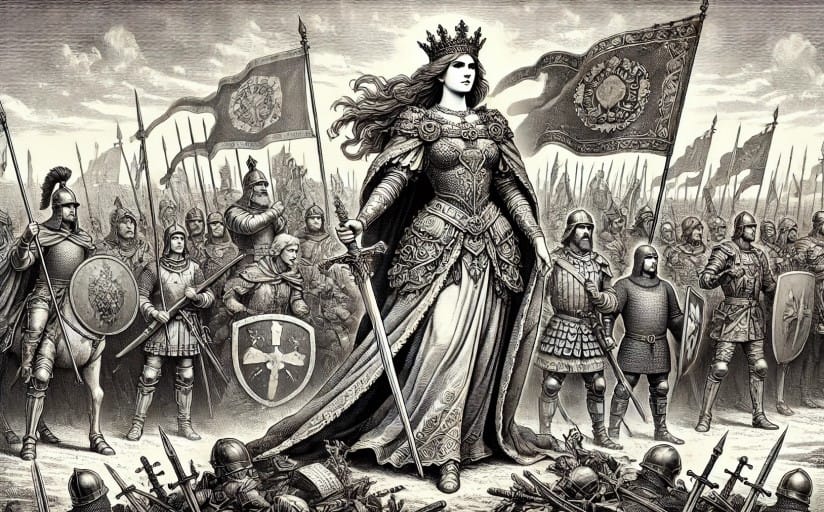Concluding sentences do more than just wrap up your thoughts—they make your writing smoother, more impactful, and easier to follow. Whether you’re penning an academic paper or crafting a business email, learning how to write a concluding sentence is the best way to leave your readers with a lasting impression.

Characteristics of a Great Concluding Sentence
Concluding sentences are the final statements that summarize key points, provide closure, or leave the reader with a call to action. A good concluding sentence should accomplish one of the following.
Summarize the Main Points
Your final sentence can briefly restate the main ideas discussed in the paragraph.
Example:
If your content is all about how teamwork leads to success, your concluding statement could say:
“Ultimately, teamwork is the foundation of success, as it brings individual strengths together to form a strong team that achieves impressive results.”
Use the conclusion as an opportunity to highlight your main points without reiterating everything you already said. There is a difference between being repetitive and reinforcing your key messages.
Provide Closure
A concluding sentence should give the reader a sense of completion, indicating that the paragraph or section is coming to an end.
This goes hand-in-hand with summarizing the key points. For example, if you introduce new ideas in the conclusion without explaining them, you’ll leave the reader hanging, which is the opposite of providing closure!
However, if you tie up all the loose ends and reinforce the central themes in your writing, your concluding sentence will naturally provide that closure.
Call To Action
In some writings, such as blog articles or persuasive essays, a call to action is the strongest type of concluding sentence.
A call to action is exactly that: a call to act. With a CTA, you encourage the reader to do something or think in a new way based on the information you provided in your content.
CTA Concluding Sentence Examples:
Persuasive Essay: “Sign the petition today to demand stricter environmental regulations!”
Blogs: “Subscribe to our newsletter for more weekly insights on home improvement!”
Marketing Emails: “Click here to take advantage of our exclusive 30% off sale—this weekend only!”
Academic Articles: “For a more comprehensive understanding of earthquake preparedness and response, refer to the full study linked in References.”
Newsletters: “Join our community forum to discuss this month’s biggest events and how they impact the financial regulations industry.”
Social Media Posts: “Tell us what you think in the comments below, and don’t forget to share this post with every cat lover you know!”

What Is an Example of a Concluding Sentence?
Here are some examples of concluding sentences that effectively wrap up a paragraph using transition words.
- In conclusion, advancements in technology and recent research studies strongly support the possibility of humans being sent on missions to Mars in the near future.
- Thus, it becomes clear that addressing the environmental impact of fast fashion is necessary to achieve sustainable development.
- Overall, the victory of the queen’s army shows how bravery and working together can always beat darkness and bring peace to the world.
As you can see, each sentence mentions and wraps up the main idea. They also all use transition words like “In conclusion,” “Thus,” and “Overall,” which tell the reader that the section is coming to an end. These transition words aren’t entirely necessary to include in a conclusion sentence, but they can help signal the end.
What Are Weak Concluding Sentences?
Weak concluding sentences fail to provide a sense of closure or effectively summarize the main points, diminishing the impact of the paragraph. Using the strong sentences above, we can contrast them against these bad concluding sentences:
- Mars missions are a possibility that scientists are currently exploring.
This sentence lacks the emphasis needed to highlight the significance of the topic.
- Addressing fast fashion could help reduce environmental damage.
This sentence is too straightforward and does not convey the pressing need for action.
- The queen’s army won because they were brave and worked together.
This sentence lacks depth and does not fully capture the significance of the victory or do anything to wrap up the main thoughts. It’s just bland and to the point.
Concluding Sentence Starters (Transition Words)
Here are some useful starters to help you create strong concluding sentences:
| Category | Words/Phrases |
|---|---|
| Addition | Additionally, Also, Furthermore, Moreover, Plus |
| Contrast | However, Despite, Nevertheless, On the contrary, On the other hand |
| Cause and Effect | As a result, Consequently, Hence, Therefore, Thus |
| Sequence/Time | Afterwards, Then, Subsequently, Previously, Meanwhile |
| Examples | For example, For instance, Specifically, Such as, Namely |
| Emphasis | Clearly, Simply put, That is to say |
| Clarification | In other words, To clarify, To explain |
| Summary/Conclusion | In conclusion, In summary, To sum up, Overall, Ultimately, Briefly, It is evident that |
These phrases can help you craft a concluding sentence that strengthens your paragraph’s main points and makes a memorable impact on your reader!

And That’s a Wrap!
We hope that this has helped you master the art of writing concluding sentences! Who knows, maybe your concluding sentences will be as legendary as the ending of Game of Thrones … It sure has kept people talking about it over the years.
Do you need more tips on how to become a better writer? Check out our grammar blog to learn more!


Leave a Reply